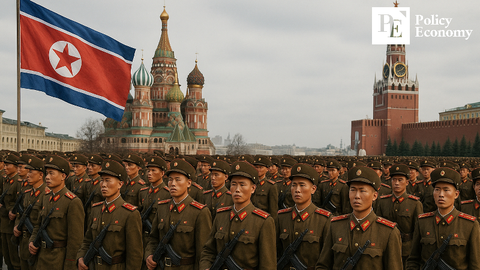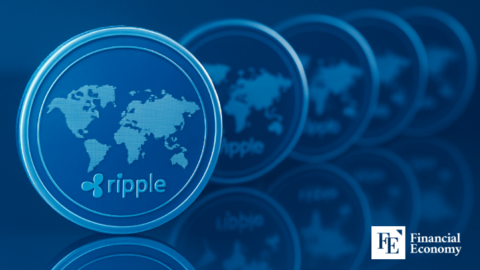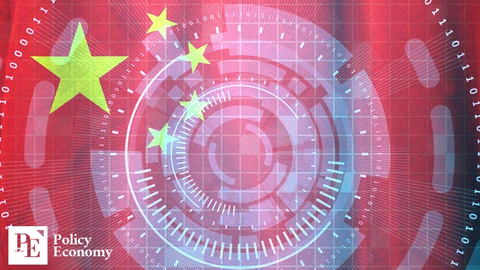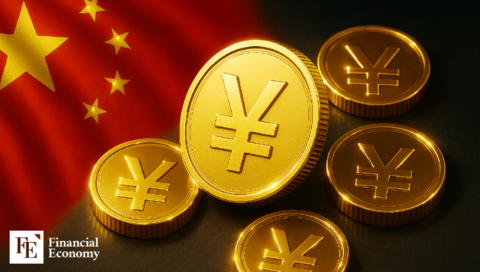“Global Supply Chain Reshuffling Triggered by Trump Administration’s Tough Defense Measures, Korean and European Companies Gain Ground”
Input
Changed
The Paradox of the ‘America First’ Defense Policy Purchasing Countries Turn Their Attention from the US to Korea and Europe Korean Defense Industry’s Strengths: Technology and Customized Support
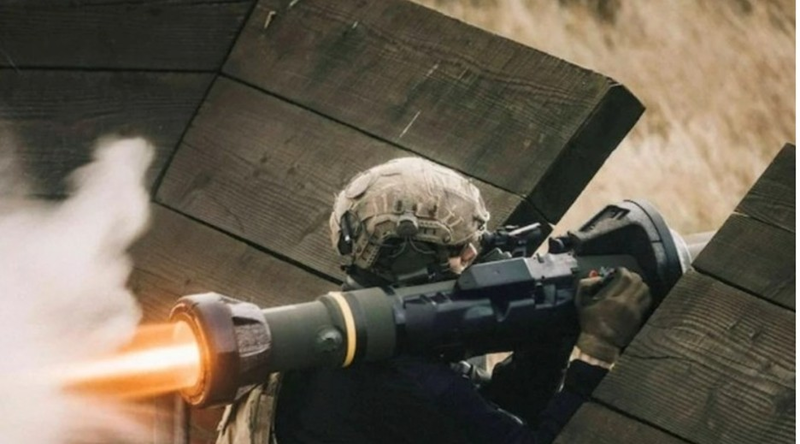
Amid a series of controversies, including allegations of coercion and extortion, major buyers of U.S. weapons are seeking to diversify their suppliers in anticipation of future uncertainties. As a result, South Korean and European defense industries are emerging as reliable alternatives in the global arms market.
Europe Strengthens Defense Self-Reliance
On the 18th of May (local time), International Policy Digest reported that while the U.S. is weakening its soft power by drastically cutting and abolishing foreign affairs agencies and programs, European companies such as Sweden’s Saab, France’s Dassault Aviation, Germany’s Rheinmetall, and South Korean firms are seizing the opportunity created by this vacuum.
Though the U.S. has long been the world’s largest arms exporter, its policy of pressuring allies, treating them as mere customers, reducing diplomatic agencies, and eroding trust is weakening its market dominance. Experts widely agree that continued political conflict with allies will inevitably lead to a loss of market share for the U.S., which has held the top arms exporter position.
Trump’s transactional approach—treating allies as customers rather than partners—has particularly undermined international trust in U.S. defense commitments. Canada and Portugal, for example, have indicated they might turn to Sweden’s Saab or South Korea if negotiations for F-35 fighters with American company Lockheed Martin fail.
South Korea Fills the Gap in Defense
Sweden’s Saab has long been a major supplier in the European arms export market. Saab’s Gripen fighter jet, which rivals the U.S.-made F-16 in performance, has opened export routes to countries such as Brazil, Japan, Australia, Indonesia, and the UAE. Thanks to a surge in European defense demand in the first quarter of this year, Saab achieved its best quarterly results ever, focusing on expanding production capacity and customer deliveries. According to Bloomberg, Sweden’s arms export revenue reached record highs largely due to Saab’s performance.
During Russia’s invasion of Ukraine in 2022, Saab’s support to Ukraine and Sweden’s NATO membership drew attention from new members like Portugal and Canada. Unverified rumors about a ‘kill switch’ on the U.S.-made F-35 that could remotely disable the weapon fueled diplomatic unease, yet the Trump administration did not actively address these concerns. Furthermore, a failed White House meeting between Trump and Ukrainian President Volodymyr Zelensky, along with explicit hostility from the U.S. administration toward NATO and Europe, intensified this sentiment. Against this backdrop, Canada and Portugal are increasingly considering Saab’s Gripen-E as an alternative.
France’s Dassault Aviation, a leading European aerospace and defense company known for producing military aircraft competitive with U.S. models, is also gaining ground. Dassault’s Rafale fighter has been exported to eight countries, including Greece, Serbia, Croatia, Indonesia, India, Qatar, Egypt, and the UAE. Negotiations with potential new buyers like Saudi Arabia are ongoing, and other nations are reportedly considering procurement.
Germany’s largest arms manufacturer, Rheinmetall, serves many European Union member states. The demand for artillery and air defense systems surged following Russia’s invasion of Ukraine, giving Rheinmetall an opportunity for business expansion. The company is playing a key role in the rearmament of the German military and in strengthening Europe’s defense supply chains. Rheinmetall is expected to be central to increasing German military capabilities and self-reliance.
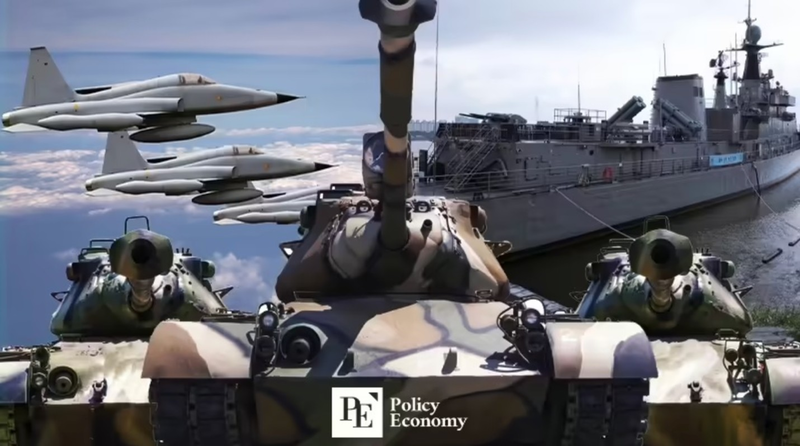
Middle East Emerges as a ‘Land of Opportunity’
Amid rising tensions with Russia’s military and an increasingly nationalist U.S., the importance of defense technology is growing, and South Korea’s defense industry is experiencing remarkable growth. Major Korean defense firms such as Hanwha Aerospace, Hyundai Rotem, and Korea Aerospace Industries (KAI) are expanding their European and Asian export markets. Korean defense exports reached USD 9.5 billion in January alone, boosted by global demand.
The South Korean government has outlined a vision to become one of the world’s top four arms exporters by 2027, based on innovative technology and strong reliability. Korea currently supplies key weapons such as the K-2 tank, K-9 self-propelled artillery, and FA-50 fighter jets to countries including Poland, Turkey, Finland, Egypt, Norway, and Romania. Originally developed to counter North Korean military threats, Korean weapons systems have proven valuable for European countries replenishing ammunition stockpiles. The severe shell shortage in Ukraine in 2023 further cemented this reputation.
The Middle East, often called the ‘world’s powder keg,’ is a key region for Korean defense exports this year. Unlike Europe, which is strengthening its defense market with alliances based on similar blocs, the Middle East’s persistent threats from hostile neighbors and internal insurgents drive high demand for military modernization. According to the Stockholm International Peace Research Institute (SIPRI), Middle Eastern countries’ defense spending as a percentage of GDP in 2023 is notably high: Lebanon (8.9%), Saudi Arabia (7.1%), Oman (5.4%), Israel (5.3%), UAE (5.3%), Jordan (4.9%), and Kuwait (4.9%), compared to the global average of 2.3%. South Korea’s defense spending ratio (2.8%) is 2 to 3 times lower. The annual defense market in the Middle East, driven by increasing weapons procurement, is approximately $28.6 billion (about 40 trillion won). The European Union’s plan to increase regional arms procurement from 20% to 60% by 2035 contrasts sharply with the Middle East’s approach.
Korean air defense systems are popular due to cost-effectiveness and quick delivery. Israel’s Iron Dome, which has maintained a 90% interception rate against Palestinian rocket attacks like those from Hamas in 2023, revealed vulnerabilities to sudden barrage attacks. Following this, Middle Eastern countries turned their attention to Korean air defense capabilities. After exporting the Cheongung-II (M-SAM 2) system to the UAE in 2022, Saudi Arabia followed in 2023, and Iraq in 2024.
Interest in other weapon systems is also rising. Egypt signed a contract to purchase K9 self-propelled artillery in 2022. Iraq signed a contract last year to export the multipurpose Surion helicopter, marking Korea’s first export of a domestically produced helicopter. Since contracts with the UAE for the Cheongung system led to expanded exports to neighboring countries, expectations are high that the Surion exports will also spread regionally.


